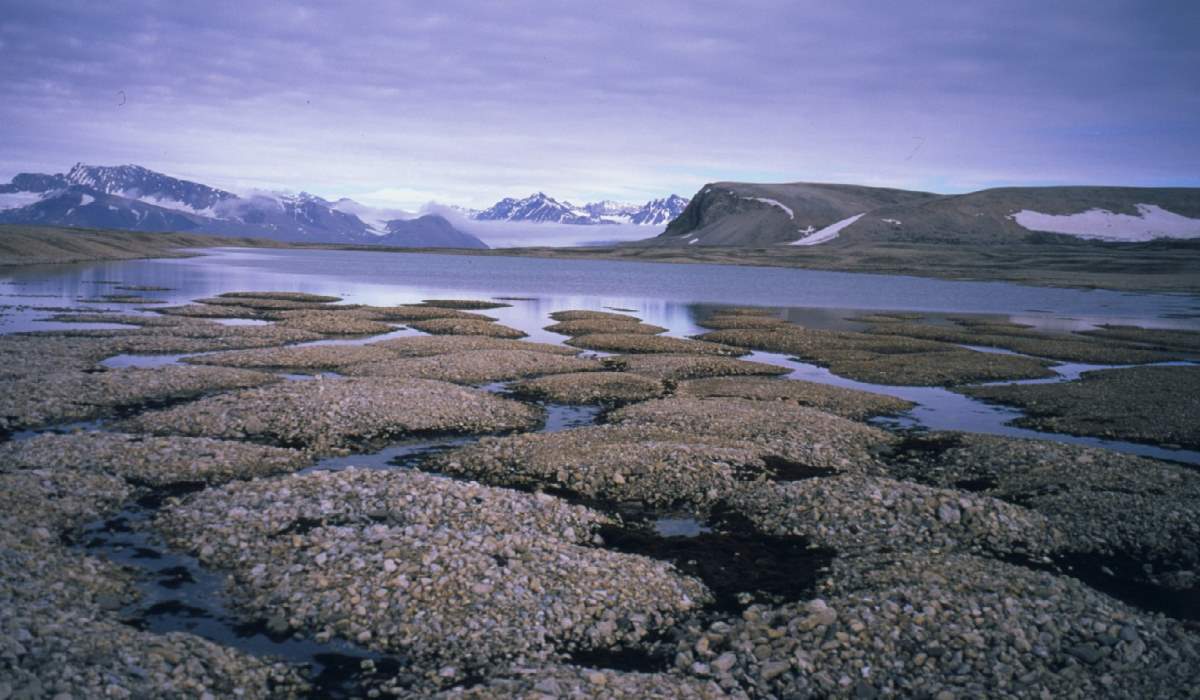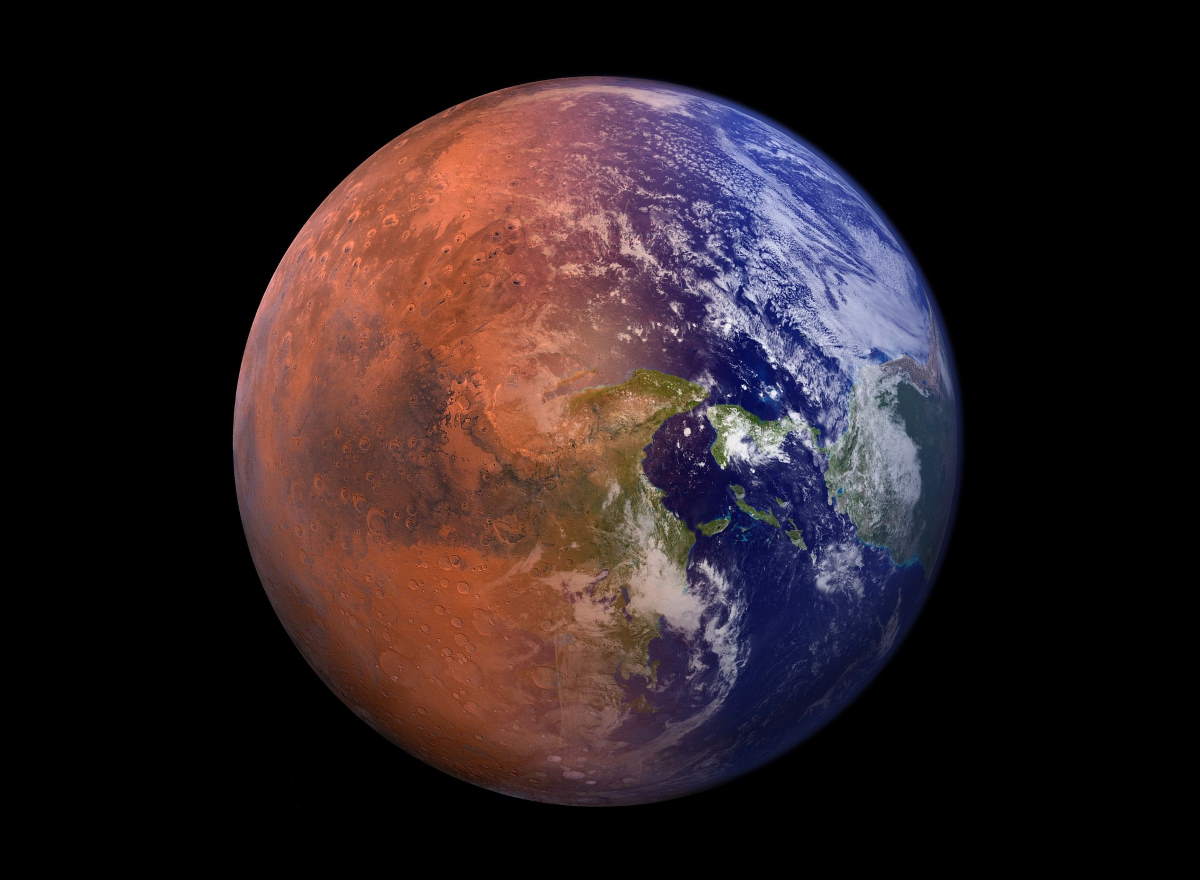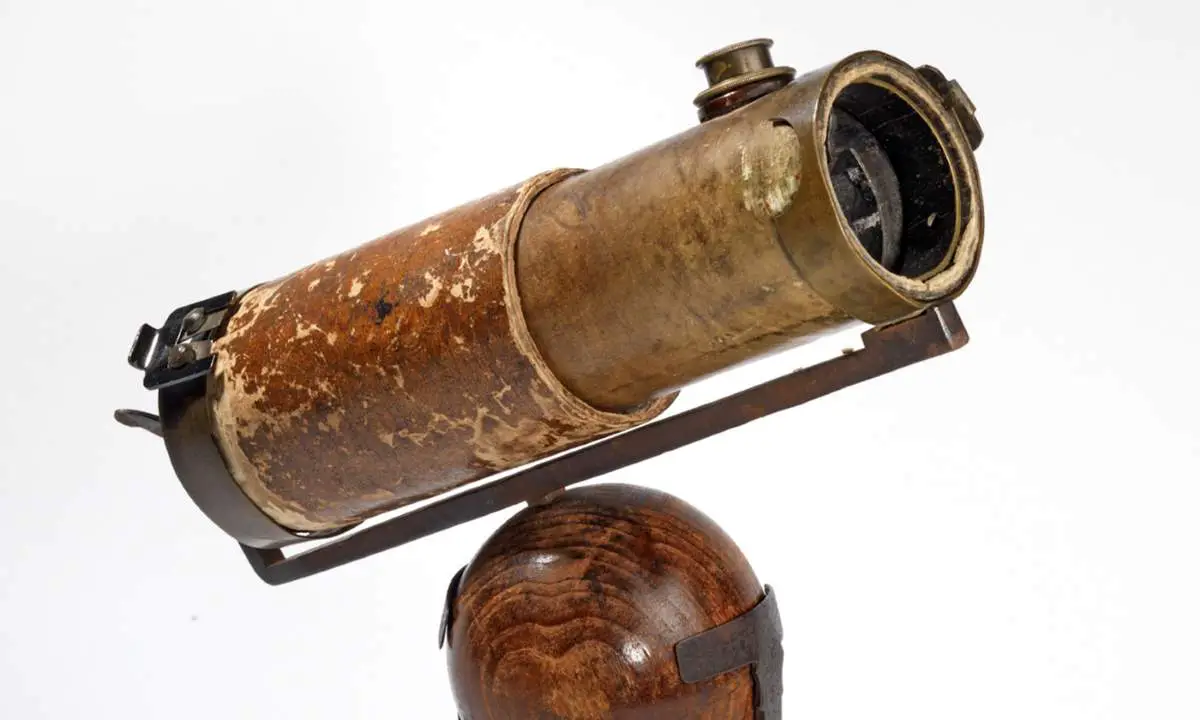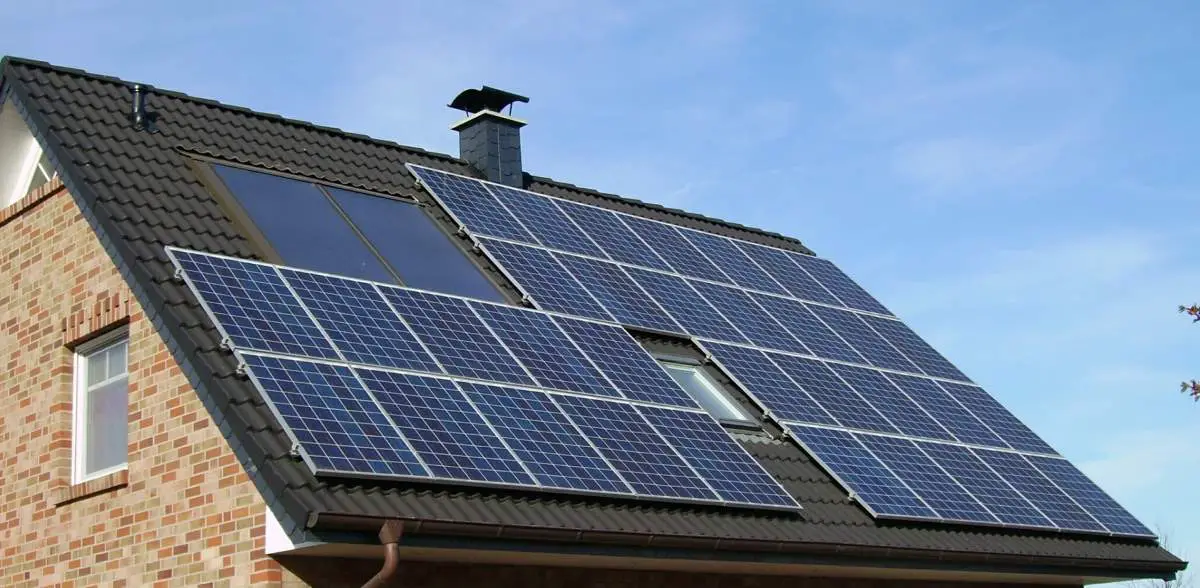In this episode of NASA Explorers (Season 1 Episode 7), the scientists go back in time – by going underground. In the Arctic, a frozen layer of soil – permafrost, the “permanently” frozen earth – trapped dead plants and animals for thousands of years. As the climate warms, that soil is beginning to thaw, releasing carbon dioxide and methane – two harmful greenhouse gases that contribute to global warming.









